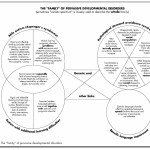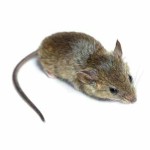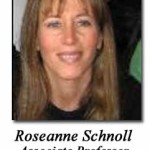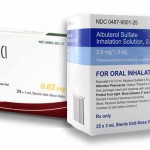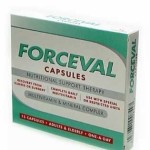This gallery contains 4 photos.
All mammals nurse their young, feeding them milk produced in their mammary glands. Before the “true” milk itself is produced, however, another fluid called colostrum is provided. It is rich in nutrients as well as various growth factors; it is … Continue reading


